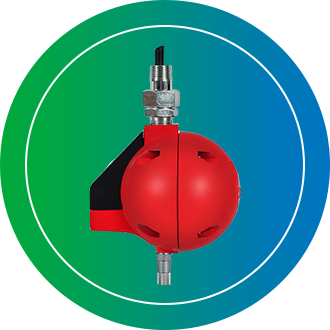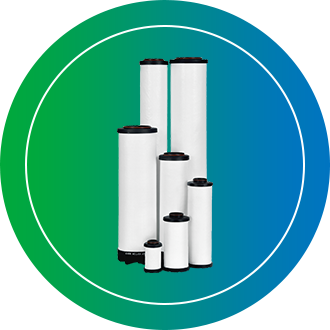The difference is that air temperature is the actual, measurable temperature of the air, while dew point is the temperature at which water vapor in the air will condense into liquid water. In a refrigerated air dryer, the process cools the air to a specific temperature (the dew point) to remove moisture, but the dryer then typically reheats the air to a higher exit air temperature to prevent condensation in the pipes, creating a difference between the exit air temperature and the dew point.
Air temperature
Definition: The actual, physical temperature of the compressed air, measured with a thermometer.
Dryer function: The air enters the dryer at a higher temperature and is then cooled down. It is also reheated after the water is removed to prevent condensation in the downstream piping.
Exit temperature: The final air temperature after the dryer's refrigeration and reheating processes, which is always higher than the dew point.
Dew point
Definition: The temperature at which the air becomes saturated with moisture, and water vapor begins to condense into liquid.
Dryer function: The refrigerated air dryer's primary goal is to cool the air to a specific dew point to force condensation, allowing the liquid water to be drained.
Pressure dew point: In compressed air systems, the dew point is often referred to as the pressure dew point, which is a key performance specification for the dryer. For example, many refrigerated dryers achieve a pressure dew point of +38°F.
The relationship
The dew point is always lower than or equal to the air temperature.
The dryer cools the air to the dew point to remove water.
After removing the water, the air is warmed back up to an exit temperature that is higher than the dew point, but still below the original inlet air temperature. This temperature difference is crucial for the system's performance







